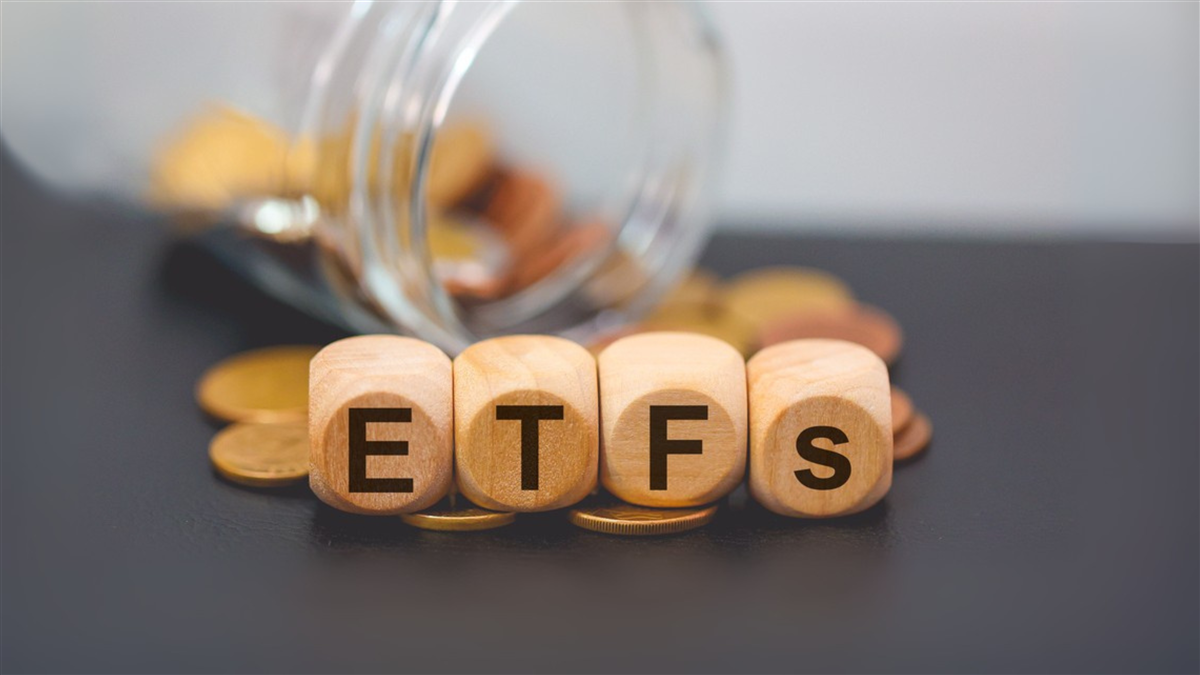Equal Weight ETFs: Hidden Upside in Today’s Market

Investors have grown used to looking at the market through a single lens, usually the S&P 500 or the Nasdaq-100 index. But those indices are only benchmarks. And like any benchmark, they need to be measured against others to uncover where the real opportunities lie.
It’s like saying bonds are attractive when they pay 4% in annual yields—until you notice a safe conglomerate paying 6% instead.
That’s the power of benchmarking, and it’s how investors can still find alpha in today’s noisy ETF market.
The SPDR S&P 500 ETF Trust (NYSEARCA: SPY) is the go-to for most, but few have noticed how much it has drifted from peers like the iShares Russell 2000 ETF (NYSEARCA: IWM) or, more importantly, its close cousin, the Invesco S&P 500 Equal Weight ETF (NYSEARCA: RSP).
The implications of this divergence could point directly to the next big opportunity.
Today’s Market Is Not Yesterday’s Market
When investors buy the S&P 500 ETF (SPY), the idea is to gain exposure to a broad mix of American businesses across industries. But that isn’t what SPY represents today. For the first time in over a decade, most of its weight is concentrated in just a handful of stocks.
All of these names sit in the red-hot technology sector, with NVIDIA Co. (NASDAQ: NVDA) now holding the largest position in the fund. In other words, investors buying SPY are essentially overweight technology—and overweight NVIDIA—even if they don’t realize it.
This concentration has helped SPY outperform. Over the past 12 months, it has beaten the iShares Russell 2000 ETF by more than 10%, as high interest rates and inflation keep smaller companies boxed in. On the other hand, companies like NVIDIA can spend billions on strategic pivots, allowing them to escape those same limits.
Here’s where things get interesting. The Equal Weight S&P 500 ETF (RSP) gives every company the same weight, providing a more balanced view of the U.S. economy.
No single company or sector can overtake the way NVIDIA has in SPY.
Today, the gap between SPY and RSP has grown to 17.5%—a level not seen since the 2008 financial crisis.
That doesn’t mean another crisis is around the corner, but it does suggest that the gap is unlikely to last. Either RSP outperforms from here, or SPY comes back down to close it.
Why Choose Equal Weight?
Going off historical norms, the current 17.5% gap between SPY and RSP suggests that a convergence is due. That could happen in one of two ways: either RSP outperforms and closes the gap, or SPY pulls back sharply enough to meet it. Either way, the setup favors RSP.
On the upside, if RSP simply catches up to SPY, investors stand to gain roughly 17.5%—a move supported by historical precedent. On the downside, if SPY sells off, RSP is positioned to hold up better given how far behind it already is. That creates an attractive risk-to-reward profile for investors.
Looking under the hood of RSP makes the case stronger. No single stock represents more than 0.24% of the portfolio, and any outlier is quickly adjusted through rebalancing. Even the top ten holdings are spread across consumer, financial, and technology sectors, providing a broader snapshot of the U.S. economy.
By contrast, SPY remains heavily tilted toward technology, with an outsized focus on semiconductors and chipmakers. That concentration may look appealing during a tech-driven rally, but it works against diversification and leaves investors more exposed to tail risk.
All told, RSP gives investors a straightforward way to participate if the gap with SPY closes, while also offering more protection on the downside if the market turns against today’s concentrated leaders.
Learn more about SPY


